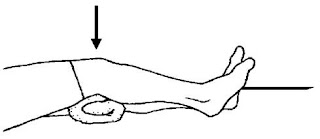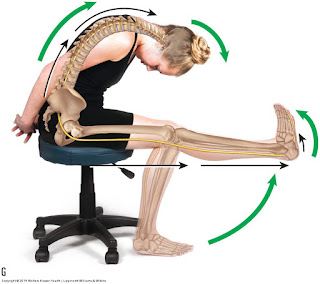Vitamin B12 is one of the
water soluble vitamins, which is important for adequate function of red blood
cells, nerve cells and brain cells.
Vitamin B12 deficiency is
extremely commonly seen in clinical practice today. This raises several
questions, as to whether the deficiency is increasing, or is it that we are
checking more frequently for B12. There is also a question whether RO water is
related to Vitamin B12 deficiency.
How does it help us?
· It converts Carbohydrates into Glucose and
provides energy to the body
·
It is essential for healthy nervous and
digestive systems
·
It controls your cholesterol levels
·
It can help in some of the heart diseases and
high blood pressure
·
B12 is very much important for healthy hair,
nails and Skin
·
It can help you to fight against Breast cancer,
lung cancer and prostate cancer
How will we get to know its
deficiency? (Symptoms)
·
Constantly feeling tired
·
Depression
·
Poor digestion
·
Sleeplessness
·
Mood swings
·
Giddiness
·
Joint pain
·
Difficulty in breathing
·
Feeling dizzy
·
Inability to concentrate
·
Poor dental health
·
Poor appetite
·
Poor memory
·
Tingling and numbness in hands and/or feet
Who are most likely to have
it?
Elderly people who
tend to have impaired digestion. Because they are tend to produce less stomach
acids which are required to convert Vit-B12 properly.
Vegan Diet
followers, who avoid animal products in their daily foods
Smokers and alcoholics, as
such products can block Vitamin B12 absorption.
(The RO process filters out some essential salts and minerals
that we need in our day-to-day life so RO process may be responsible for the
deficiency but vegetarian diet and vegan diet are considered as primarily
responsible for the deficiency.)
Recommended daily amount
Infants 0-6 months : 0.4 micrograms
Infants 7-12 months : 0.5 micrograms
Toddlers 1-2 years : 0.9 micrograms
Children 4-8 years :
1.2 micrograms
Children 9-13 years : 1.8 micrograms
Adult men/women
Above 14 years : 2.4 micrograms
Pregnant women : 2.6 micrograms
Breastfeeding women : 2.8
micrograms
Vitamin B12 rich food
·
Cheese
·
Yogurt
·
Grains
·
Eggs
·
Soya beans
·
Almond
·
Fish
·
Vanilla ice-cream
·
Green vegetables
·
Milk
Prevention of Vitamin B12
deficiency
Most people can prevent vitamin
B12 deficiency by eating animal origin food products such as meat, poultry,
seafood, dairy products, and eggs which are a good source of Vitamin B12. If
you don’t eat animal products, or you have a medical condition that limits how
well your body absorbs nutrients, experts recommend taking a
B12-containing multivitamin and eating breakfast cereal fortified
with vitamin B12. Several cereal fortified with B12 are now available in India.















